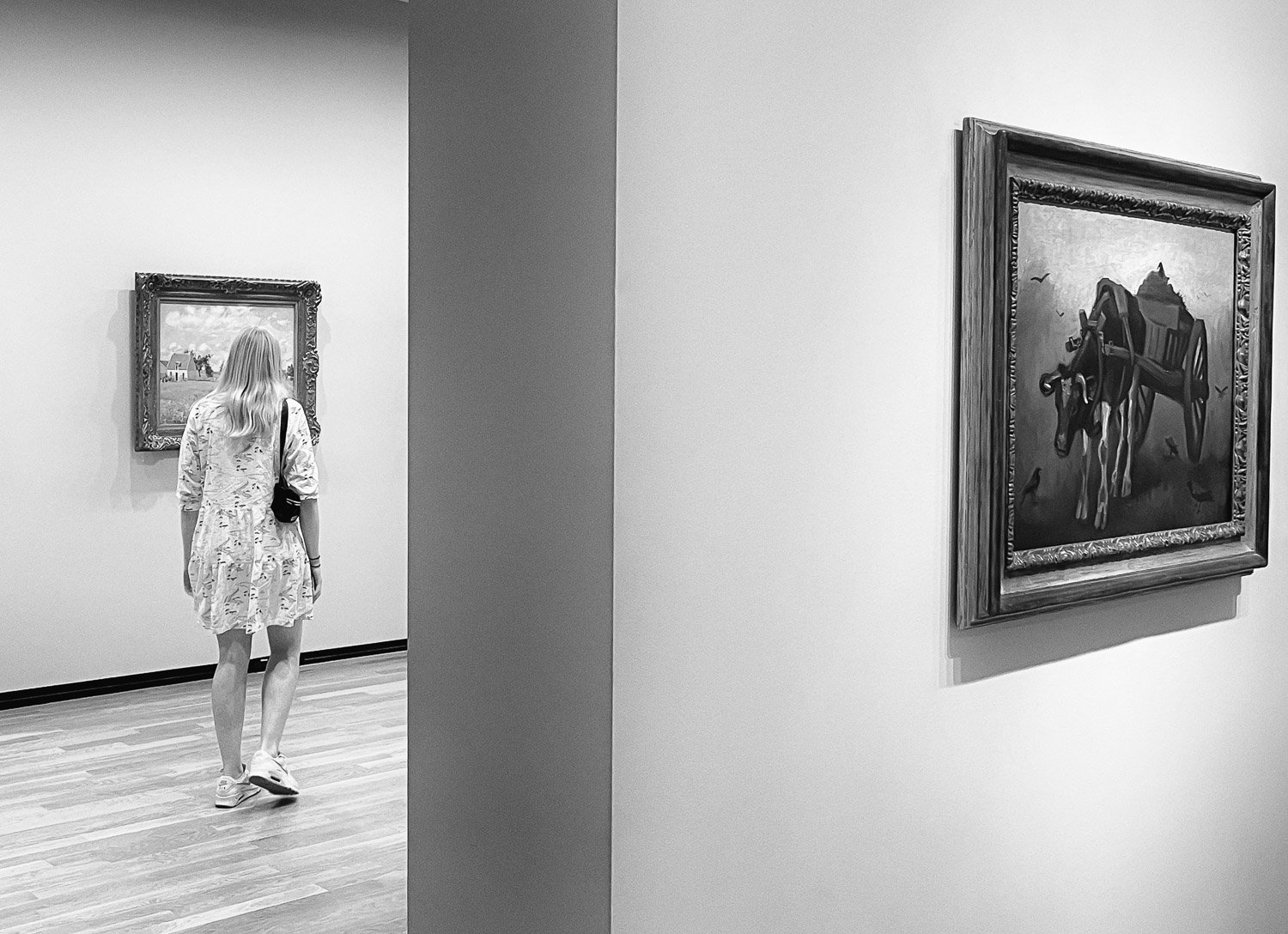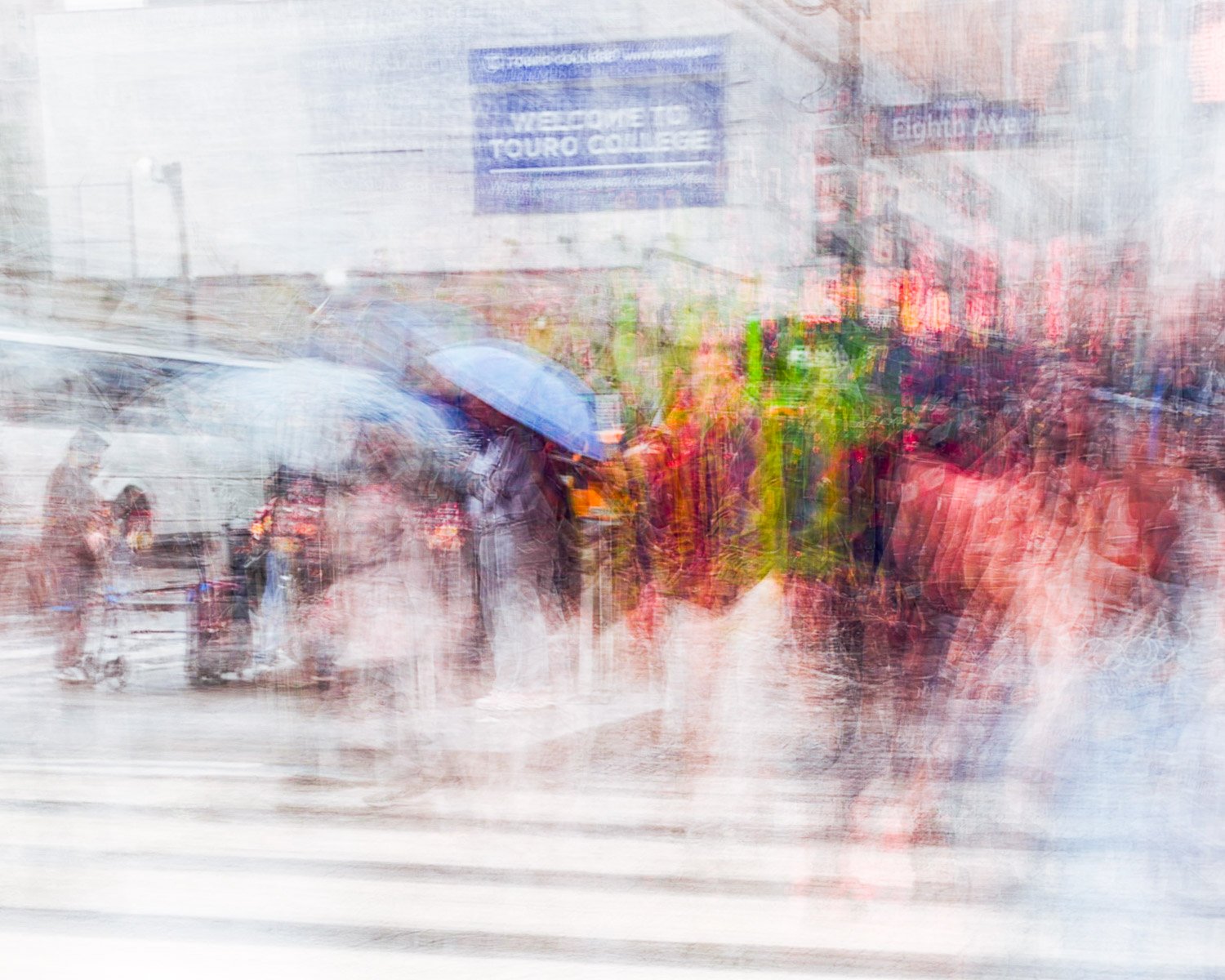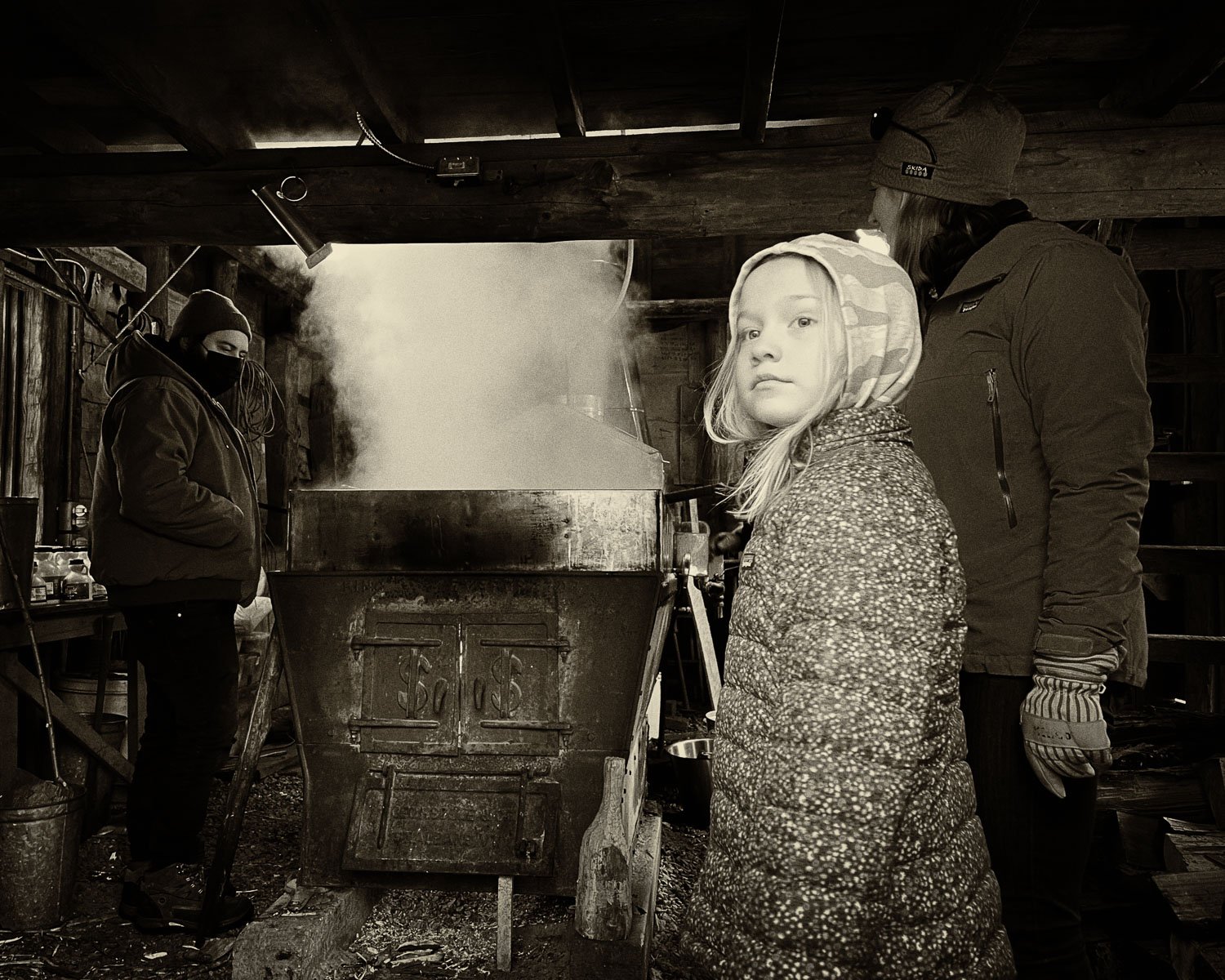changing a mobile mindset
I vividly recall attending a photography exhibition some time ago, where the winning entries from a global competition were on display. Among them, one particular image stood out, not just for its content, but for its striking impact.
The photograph depicted a breathtaking scene in the Norwegian fjords, captured in bold black and white. Rather than focusing on the fjord itself, the image looked upward toward a rocky outcrop where hikers rested, immersed in the spectacular vista.
What intrigued me further was the story behind the picture. The photographer explained how the image was captured as they descended from the peak. Looking back over their shoulder they were struck by the quality of light illuminating the scene. With no time to retrieve their DSLR, they resorted to their mobile phone to seize the moment.
Another compelling example emerged when I learned about the backstory of an image taken by a photographer I admire. It was a simple yet captivating black and white photograph featuring a group of trees against a clear sky. Despite spending time to shoot the scene with their DSLR, none of the results satisfied the photographer. Surprisingly, it was an image taken on their iPhone, almost as an afterthought, that turned out to produce the most appealing shot.
These instances challenge the notion that mobile devices cannot rival dedicated cameras in producing compelling results. While the superiority of DSLRs does have to be acknowledged, an increasing number of photographers, like the award-winning Eric Mencher, have embraced the convenience and potential of mobile photography.
A typical ‘family shot’ that mobile’s get assigned to
But still, a nagging feeling lingers within me that my iPhone is not a REAL camera. Perhaps that is because the iPhone is a virtual ‘Swiss army knife’ with the camera being just one of its many gadgets. Or maybe I'm simply fixated on the idea that only my DSLR can deliver results of acceptable quality.
I am acutely aware of a shift in mindset when using each, and tend to be more thoughtful on subject, composition and settings when I use the DSLR. Until recently, however, my iPhone has been largely relegated to the task of quick snapshots or captures while scouting locations.
Yet, my perspective is evolving. I've begun to recognize the advantages of using a mobile device over my DSLR, particularly evident in projects like my "Streetwalker" series and documented in the resulting followICM technique guide. Moreover, I've realized that I've barely scratched the surface of what camera apps can offer in terms of control over the picture-taking process.
With a newfound mindset, I've set myself a challenge—to rely more on my iPhone as my primary camera and to explore its full potential and limitations.
Will my efforts yield worthy results? Will I miss out on great shots by leaving my DSLR behind? Only time will tell. However, I'm increasingly convinced that both dedicated cameras and mobile devices can complement each other, offering an overlap in capabilities and each with its own unique advantages.
I’ll finish with a variety of images captured on my iPhone that I quite enjoy, hopefully more successes will follow!








